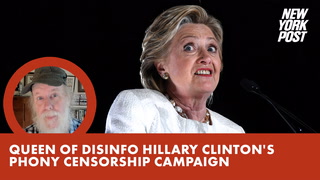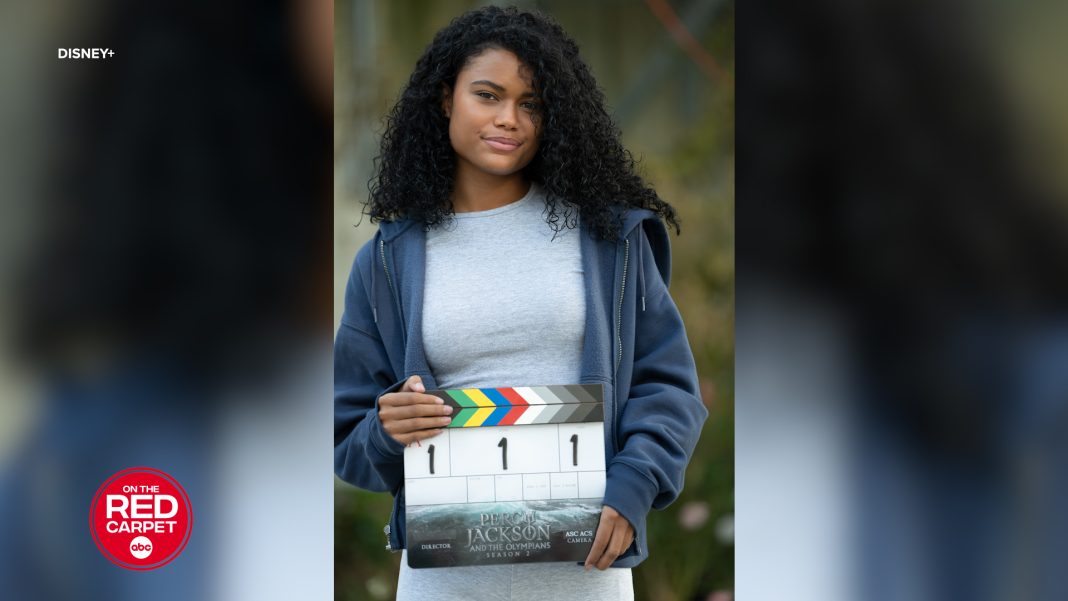In recent years, the landscape of political discourse has undergone significant transformation, with social media and digital platforms becoming battlegrounds for both ideas and narratives. One of the most contentious figures in this evolving narrative is former Secretary of State Hillary Clinton, who has been at the center of discussions surrounding censorship, misinformation, and the role of technology in political communication.
Clinton’s calls for regulating online platforms have sparked intense debate. Her supporters argue that such measures are essential to combat the spread of false information and protect democratic processes. Conversely, critics assert that her approach veers into dangerous territory, potentially stifling free speech and undermining the very principles that democracy stands for. This dichotomy raises pertinent questions: Who gets to decide what constitutes misinformation? And at what point does the regulation of speech infringe upon individual rights?
A recent analysis of social media trends indicates that misinformation campaigns have proliferated, particularly during election cycles. According to a report by the Pew Research Center, nearly 70% of Americans believe that fabricated news stories can significantly influence public opinion. This statistic underscores the urgency felt by many in advocating for some form of intervention. However, the challenge lies in balancing the need for regulation while ensuring that such measures do not inadvertently serve as tools for censorship.
Experts in digital communication have emphasized the importance of transparency in algorithmic processes. Dr. Claire Wardle, a leading researcher in the field of misinformation, argues that “without transparency, we cannot hold platforms accountable.” This sentiment resonates with the concerns raised by Clinton and her allies, who argue that tech companies must take more responsibility for the content shared on their platforms. Yet, it also raises the question of whether the government should play a role in regulating these platforms, a prospect that many find unsettling.
Moreover, Clinton’s stance has provoked a reaction from various factions within the political spectrum. Some see her advocacy for stricter regulations as a continuation of her political career, while others view it as a necessary evolution in response to a rapidly changing media environment. In an era where misinformation can be disseminated in seconds, the implications of unchecked digital communication are profound, prompting calls for a reevaluation of existing policies surrounding media and technology.
The conversation is further complicated by the rise of alternative media outlets and the increasing polarization of news consumption. A study by the Knight Foundation found that individuals are more likely to trust information from sources that align with their political beliefs, which only serves to deepen the divide. As Clinton navigates these turbulent waters, she faces the dual challenge of advocating for accountability while also addressing the concerns of those who fear censorship.
In conclusion, the discourse surrounding censorship, misinformation, and the role of technology in politics is as complex as it is crucial. Clinton’s involvement in this conversation highlights the ongoing struggle to find a balance between protecting democratic values and maintaining the freedom of expression. As society grapples with these challenges, it is imperative that all stakeholders—politicians, tech companies, and citizens—actively engage in dialogue to forge a path forward that honors both accountability and liberty. This intricate balancing act will define the future of political communication and the very fabric of democracy itself.

